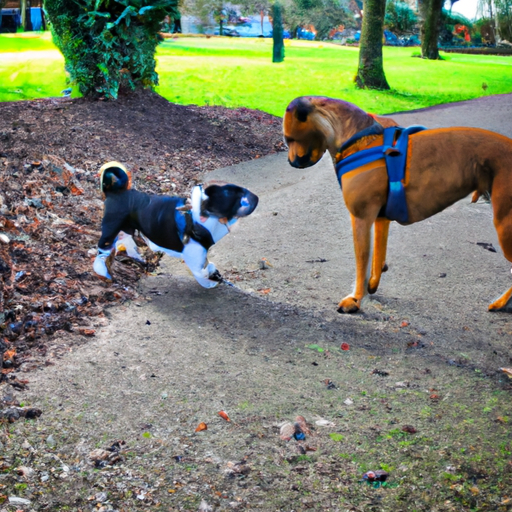As a caregiver and a dog lover, you might often find yourself in situations where you need to introduce your dog to a new canine companion. This process can be tricky, but with careful planning and patience, it can be a rewarding experience for all involved.
H2: Understand the Importance of First Impressions
In the world of dogs, just like in ours, first impressions matter. A poorly managed introduction can lead to tension, fear, or even aggression down the line. But a thoughtful and calm introduction can pave the way for a harmonious relationship between your furry friends.
H2: Preparing for the Introduction
Before you introduce the dogs, ensure both are in good health and are up-to-date on their vaccinations.
- Exercise both dogs: A tired dog is a well-behaved dog. Ensure both dogs have had plenty of exercise before the introduction to reduce excess energy and stress.
- Choose a neutral location: To avoid territorial behavior, choose a neutral location for the first meeting – such as a park or a friend’s yard.
- Use leashes: Initially, keep both dogs on leashes for control.
H2: The Initial Introduction
When the moment finally arrives, your calm and relaxed demeanor will help the dogs feel at ease.
- Let the dogs approach each other: Allow them to sniff and interact while you hold the leash loosely.
- Keep it short and sweet: If the first meeting goes well, keep it short to end on a high note.
H2: Monitoring Future Interactions
Over the next few weeks, monitor the dogs’ interactions closely.
| Positive Signs | Negative Signs |
|---|---|
| Playful behavior | Aggressive posturing |
| Relaxed body language | Growling or snapping |
| Sharing toys and space | Resource guarding |
If you notice any negative signs, consult with a professional dog trainer or behaviorist.
H2: Building a Lasting Friendship
Once the dogs are comfortable with each other, continue to nurture their friendship. Regularly schedule playdates, shared walks, and training sessions.
FAQ Section
Q: Should I introduce a puppy to an older dog differently?
A: Yes, older dogs may not tolerate a puppy’s high energy. Supervise their interactions closely.
Q: What if the dogs fight during the introduction?
A: Separate them calmly and consult a professional.
Q: How long should the introduction process take?
A: It varies. Some dogs may become friends quickly, while others may take weeks or even months.
Remember, every dog is unique and may react differently. The key is to be patient, observant, and positive throughout the process. Your dogs will look to you for guidance — and with your help, they can become the best of friends.



